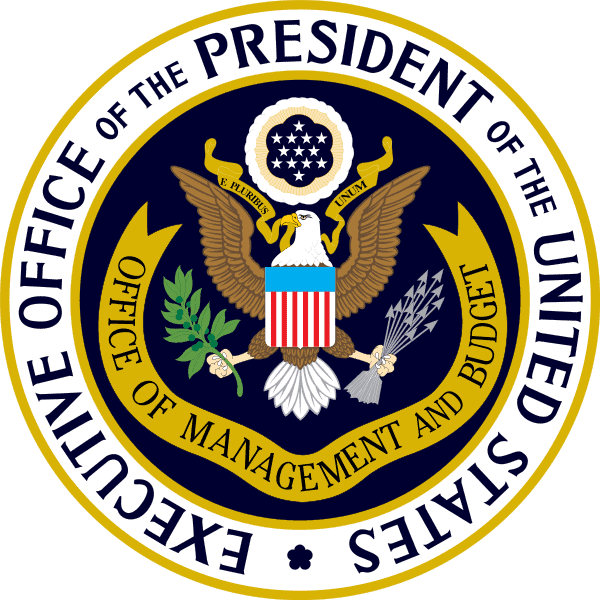Unknown Societal Costs of Imposing Regulation Based on Secret (or Creatively Leveraged) Data

 From the food pyramid and dietary guidelines, to vaping policies, to the Progressive zeal for eugenics, humility-challenged administrative experts can be mistaken, can mislead, or worse.
From the food pyramid and dietary guidelines, to vaping policies, to the Progressive zeal for eugenics, humility-challenged administrative experts can be mistaken, can mislead, or worse.
The Office of Management and Budget’s (OMB) Circular A-4 guidance on “Regulatory Analysis” says agencies should “rely on peer-reviewed literature, where available” (p. 17). Yet a substantial amount of federal regulation that gets imposed today is based on data to which the public does not have access.
As it happens, President Obama’s E.O.13563 calling for “objectivity” had arguably stronger language—“best available science” as opposed to “best reasonably available scientific, technical, or economic information”—than even the 115th Congress’s bipartisan Regulatory Accountability Act proposal. That controversial legislation was never passed into law.
Under Trump, moves toward benefit-cost balancing and transparency were initiated. These were said to be aimed at making the data underlying mandates “publicly available in a manner sufficient for independent validation.” See, for example, “Increasing Consistency and Transparency in Considering Costs and Benefits in the Rulemaking Process,” a rule proposed by the Environmental Protection Agency in June 2018. This ongoing process recently entailed a 2019 directive instructing EPA leadership to prepare rules for public notice and comment outlining standards for transparency, and for the application of cost benefit considerations and “balancing” in future rulemakings.
Obviously there is opposition to all this, with ample proclamations lamenting the inevitable Armageddon unleashed by such mods. But there is also support even from the left-of-center. Other agencies aside from the EPA, and the public they affect, could benefit as well.
This is important. State-funded science means that a sizable proportion of scientists are reliant on government funding, and call for yet more taxpayer funding of research and regulatory programs. This potential conflict is not irrelevant as data generated in support of regulation mounts.
Also not irrelevant is broken science: the growing realization that much of the body of public research findings are false, or biased, or not reproducible. More humility is not out of order, and agency analyses should get far more critical scrutiny when they are used for purposes of coercive public policy.
Scientific disputes are inevitable, of course—that is as it should be. There simply need to be ready methods of course-correction. For a long time, physicists dismissed sunspots as the cause of the aurora borealis or northern lights, a clash seen in Walter Maunder’s late-1800s dispute with Lord Kelvin (William Thomson). Maunder defended a solar, rather than earthly, source of these magnetic storms in the extreme latitudes. Maunder was correct, but his discoveries languished, appearing in no “encyclopedia or science textbook” until “resurrected” in the 1970s. For this and plenty other fascinating stories see Bob Berman’s 2001 book The Sun’s Heartbeat: And Other Stories from the Life of the Star that Powers Our Planet.
Government science used to compel rather than inform is not exempt from error or attitude either, which is far more of a concern than ordinary scientific disputes.
Self-perpetuating administrative state formulations of recent pedigree add urgency, such as “co-benefits,” used to justify regulation. In opposition to co-benefits approaches, see, for example, William Yeatman’s 2015 blog post “Clean Power Plan ‘Co-Benefits’ Are as Insipid as the Rule’s Direct Benefits.”
Social cost and benefit calculations (particularly the “social cost” of carbon) also loom large on the regulatory landscape now. The Wall Street Journal editorialized in 2018 that, as part of that process, “the EPA began factoring in speculation about how regulatory inaction would affect everything from rising sea levels to pediatric asthma.” Social cost of carbon was introduced first in relatively trivial regulations, and later escalated. On the topic of social cost of carbon estimates, see Cass Sunstein’s October 2018 op-ed in The Wall Street Journal, “A Quiet Revolution Has Given the U.S. Smarter Regulations,” in support and David Kreutzer’s subsequent letter in opposition.
All this costly creativity that tends toward expanding the reach of government rather than retracting it, alas, can be rationalized easily from Circular A-4’s lax restraints on conducting regulatory analysis.
There have been other recent efforts to reassert control over the regulatory apparatus and the way it justifies rulemakings. An April 2019 OMB directive titled “Guidance on Compliance with the Congressional Review Act” reiterated the requirement that both executive and independent agencies must comply with the Congressional Review Act and submit their rules to both Congress and the Government Accountability Office before they can take effect. The memo was infuriatingly only addressed to “Heads of Executive Departments and Agencies,” though. So far, unfortunately, its effects are unclear. The spirit is right, but at the very least it needs amplification by executive order.
In the short term, to complement changes like calling for transparency and balancing of costs and benefits at the EPA, and the reaffirmation of Article I implied in OMB’s memorandum to restrain the regulatory state’s ability to act unilaterally, Circular A-4 needs an update. The last time the OMB updated these expectations of “Regulatory Analysis” was 2003.
Like most costs of the regulation, these costs of the regulatory state’s lack of restraint are not measured.
This post is part of a series on “Rule of Flaw and the Costs of Coercion: Charting Undisclosed Burdens of the Administrative State,” and comprises an element of A Brief Outline of Undisclosed Costs of Regulation.